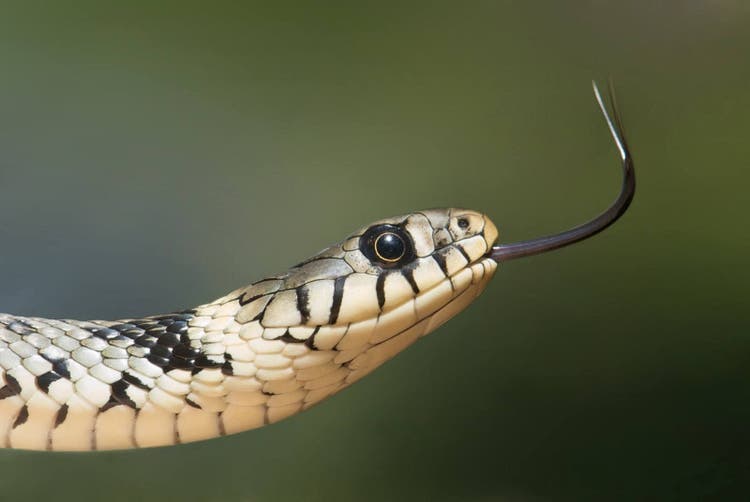
Are You Ready for a Pet Snake?
Photo by Jordan Belson.
The winter holidays are just around the corner! Has your child started subtly, or not so subtly, hinting that they would like a pet for the holidays? While most people think of a cat or dog, your child might surprise you by asking for a snake. If you’ve never had a pet snake before, don’t worry, we’re here to talk you through everything you need to know about bringing home a pet snake.
Temperature
Snakes aren’t like cats and dogs; they must live in their own environment and are dependent upon you to provide it for them. Snakes, like all reptiles and amphibians, are ectothermic animals; their body temperatures and their metabolism depend upon the conditions in which they live. And, sadly, there’s no universal “snake temperature” since each species has a temperature range that depends upon their natural habitat.
In order to regulate their body temperature, snakes need a cool, shaded area, as well as a warm place to bask. This means that their home has to be big enough to allow for both of these areas to be constructed. Without proper temperature regulation, snakes cannot adjust their metabolism. Since the rest of their bodily functions are all dependent upon that adjustment, a snake cannot move, eat, or digest properly if the temperature is not correct. Maintaining a proper environmental temperature for your new pet snake is essential.
Terrarium
When it comes to items within your snake’s new home, there are probably a few more necessities than you think.
Here are the items your new pet snake should have in their tank:
- A glass or plastic terrarium with a lid
- A heating device
- A hiding place
- A water bowl (for drinking)
- A bowl (for basking, big enough to fit your snake)
- Substrate
- Lighting product
Food
This is the part that you’re probably dreading the most. We’ve all seen viral videos of pythons basking in the sun after eating large animals, such as raccoons or ever deer. But don’t worry, your snake won’t be eating anything quite that large. While the size of your snake will determine its diet, most “starter” snakes are young and thus small. Meaning that you can put off the large food items for a while.
Since they can’t chew, the jaw bones of snakes are loosely joined to allow them to swallow large prey, that they then digest whole. So, no meal prep for you! Being generalist feeders, most snakes eat rodents, fish, amphibians, birds, mammals, frogs, insects, and more. Some snakes require special diets, such as the American snail-eater, which removes snails from their shells with specially modified jaws. However, a frozen rat or mouse will most likely be the perfect well-balanced meal for your child’s new pet snake. Luckily, this form of food comes frozen and can be purchased at most large pet stores.
Choosing the Right Snake With PetPlace
If your child is set on asking for a snake this holiday season, there’s a bit of work that needs to take place before your new slithery family member arrives. The first is to decide which type of snake is right for your family. Some snakes that often come recommended as “starter snakes” include corn snakes, kingsnakes, milk snakes, and ball pythons. Species that are usually not recommended for first-time snake owners include boa constrictors, Burmese pythons, tree boas or pythons, water snakes, and green snakes.
Read through our online breed profiles to see which snake is right for you. Since each snake has different needs and will have a different lifespan and characteristics, it’s vital to take the time and do your research prior to bringing home a new snake. Bringing home a new snake can be a fun and rewarding experience. Just make sure that you’ve done your research and you’ll find a companion for life.